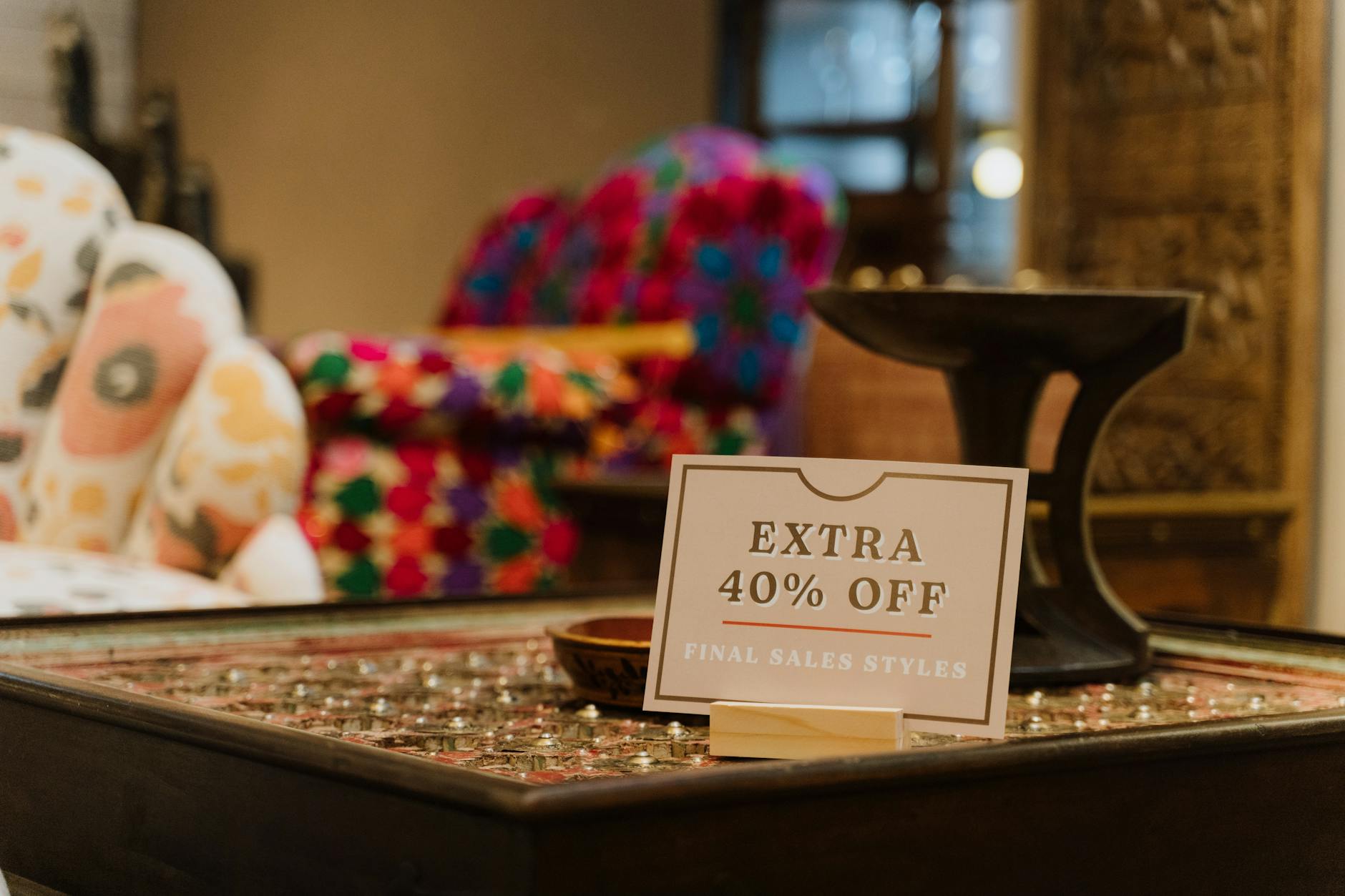How to Choose the Best Audio Solutions for Eco-Conscious Events in Australia

Key Sustainable Practices
In my work as a sound engineer, I've learned that sustainable practices aren't just about feeling good—they're vital for our planet. Incorporating green solutions, like using eco-friendly materials, is crucial. I often explore options such as portable power sources that harness renewable energy for my gear. When thinking about how we source our equipment, I prioritise devices that have sustainable life cycles. Opting for products made with recyclable components and reduced emissions can make a significant difference.
I've found it's beneficial to choose AV equipment with features that align with my passion for conservation. For example, AV cables crafted from sustainable materials are a great start. Similarly, choosing PTZ cameras known for energy efficiency contributes positively to our environmental footprint. Beyond acquiring equipment, it’s necessary to maintain it properly. That way, we extend its life and reduce waste.
Another practice is to ensure my recording equipment is efficient. This means evaluating the components that are energy-consuming and finding better alternatives. For instance, using a recording microphone that is not only top-quality but also manufactured following environmentally friendly practices. Setting up at venues like the Royal Botanic Gardens in Melbourne gives me the perfect opportunity to blend technology with nature responsibly. Here, I'm inspired to consider the setting's natural acoustics while being mindful of sustainability.
Selecting Green Equipment
When you're choosing environmentally friendly sound equipment, the focus should be on gear that aligns with sustainable practices, much like the ethos at Melbourne's Royal Botanic Gardens. An essential component of eco-conscious audio setups is loudspeakers that are energy-efficient and built with recyclable materials. Many modern loudspeakers are now designed with reduced energy consumption in mind, while still delivering top-notch sound quality. This ensures that those captivating audio experiences can be enjoyed without leaving a significant carbon footprint.
Moreover, selecting a motorised projector screen that incorporates renewable energy options is beneficial. These screens can be powered by solar panels, reducing reliance on traditional electricity sources and contributing to a sustainable energy cycle. Their ease of setup and operation also complements events aiming to minimize environmental impact.
Incorporating equipment that meets high energy efficiency standards is another key factor. Equipment that carries Energy Star ratings usually consumes less power, which is crucial when operating in venues with high energy consumption, such as large event spaces. While navigating the audio-visual needs of various events, choosing gear that promotes sustainability ensures that you continue to engage audiences responsibly and thoughtfully. In doing so, you not only protect the environment but also contribute to a more sustainable future.
Adapting to Event Needs
When planning for an event, it's essential to tailor your approach to the unique characteristics of the venue. Venue acoustics play a critical role in the success of any event. In Melbourne, where the Royal Botanic Gardens often serve as a backdrop, understanding the acoustics can significantly impact the delivery of sound. An acoustic analysis can inform your choice of audio equipment to ensure optimal resonance and clarity.
Audience size is another critical consideration when adapting your setup. A smaller gathering may require less power and fewer speakers, while a larger audience necessitates a more robust setup. Opting for scalable home entertainment systems allows you to adjust seamlessly to different audience numbers, ensuring everyone has a remarkable experience.
The distinction between outdoor and indoor solutions cannot be overlooked. Outdoor venues, such as open areas within the Melbourne Zoo's conservation programs, present unique challenges with ambient noise and weather conditions. Weather-resistant and wireless microphones are valuable in such settings. Indoors, you might leverage the controlled environment to use more sensitive equipment, ensuring that audio quality remains intact.
Aligning your choices with sustainable practices, such as selecting energy-efficient gear, not only supports the planet but also complements the conscious atmosphere of Melbourne’s community, like the sustainable markets at Queen Victoria Market. By considering these factors, you can craft an effective and eco-friendly event experience.
Best Practices for Setups
Setting up for a live performance can be daunting, but with a few best practices, sound engineers can ensure a seamless experience. Start with quick setup techniques by organising your gear by frequency and function. This method helps locate essentials like professional microphone and audio interfaces swiftly. Investing time in arranging your equipment in advance makes the transition from transport to setup smooth.
A crucial component of a successful event is the sound check. Establishing a routine to test each component, from data projectors to amplifiers, ensures optimal performance. Pay particular attention to microphone positioning and monitor levels. This preparation identifies issues before they escalate on stage, easing the pressure during live performances.
Finally, regular equipment maintenance is paramount. By cleaning connectors and inspecting cables regularly, you reduce the risk of technical failures. Adopting sustainable practices, such as repairing rather than replacing, not only conserves resources but ensures the longevity of your gear. It aligns with the eco-conscious mindset of many in our field.
Engaging with local forums and industry experts for tips and tricks can also be beneficial, contributing to your skill set. Embracing these practices fosters reliability and precision, empowering engineers to deliver unforgettable audio experiences.
Overcoming Green Tech Challenges
Reducing Noise Pollution
Working in harmony with our environment is crucial, especially when it comes to managing noise levels during events. Echoes from Melbourne's creative spaces, like the Royal Botanic Gardens, can be managed by utilising sound barriers and noise-reducing technology. Implementing eco-friendly sound equipment can also contribute to minimising noise pollution while maintaining the quality of the audio experience. By embracing natural soundscapes, we can transform our events into a more harmonious blend of technology and nature.
Tackling Equipment Malfunctions
As a regular fixture in any sustainable setup, equipment failures require swift solutions. Drawing inspiration from the innovation at the Melbourne Zoo's conservation programs, keeping a toolbox of renewable energy resources and spare parts can be invaluable. This kind of preparedness ensures that we maintain a smooth experience, even if unpredictable technical issues arise. Regular maintenance and eco-friendly troubleshooting methods can keep your gear functioning optimally longer, reducing waste and extending the life cycle of each piece of equipment.
Addressing Environmental Changes
Adapting to environmental fluctuations is essential when planning outdoor events. With Melbourne's ever-changing weather, investing in versatile setups that can cater to both indoor and outdoor venues, such as those seen at the sustainable markets at Queen Victoria Market, is key. Employing technology that can function seamlessly across varying conditions not only ensures a flawless event but also demonstrates a commitment to a greener future. Balancing these elements will leave audiences feeling inspired and empowered to continue sustainable practices in their own lives.


